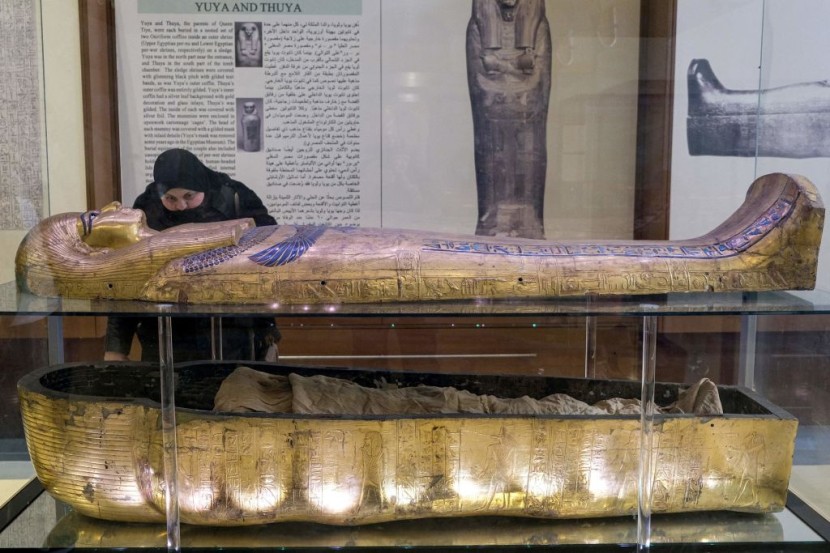
The mummification industry became prevalent in Ancient Egypt based on a new investigation by scholars studying the new evidence. It surprised the researchers how it became a massive operation for everyone involved.
Ancient complexes in the Nile kingdom had hidden secrets until now, and how relics left could have been used to make mummies of the dead.
Egypt's Hidden Secrets Uncovered
This magnificent ancient culture on the fertile crescent was first exposed to the western world by Sir William Matthew Flinders Petrie. His work opened the doors for more western scholarship centered on the ancient Nile Kingdom, according to Express.
In the mid-1880s, his work uncovered relics of an enigmatic culture that was lost in the sands of time. Later expeditions with more scientists would discover many things about this early civilization.
Since its discovery, tons of excavations, and the activity of grave robbers who looted the tombs of ancient treasures, one assumes that an earth-shattering find cannot be discovered except for a pharaoh.
One documentary about the ancient kingdom would speculate that would give new meaning to the embalming of the dead.
Death Became an Industry
In 2020, a pile of statues and other items from that ancient era hinted at something else, overlooked far too many times.
They examined precious treasures that were 2,500 years old; deposited in tombs where the occupant was somewhat different from the usual Egyptian before.
One of the items found in one of these tombs was a talisman for the world of the dead when one dies; the object had a gilded face. Ancient Egypt and the mummification industry were not considered until now.
Egyptians believe that keeping such items with the dead would give good luck in the afterlife, especially on the journey ahead.
Evidence found by archeologists would indicate the expensive items would show that moneyed Egyptians would pay for more elaborated procedures for themselves, per Suggest Press News.
It happened in the later middle period when mummification spawned a massive enterprise.
The Living Prepares for Dying
No one then would be so casual about their entry into the next life. A basic read for them would be the Book of the Dead on dealing with things related to the afterlife and how to help their dead.
The site director Dr. Mohammad Yousef remarked that mummy making process with the tomb preparation is one, and it was also a major business. Many were involved in this ancient industry, from the carpenter, people in the market, statue makers, priests' guards, and the technicians who embalmed the corpses for eternity.
When the scientists went deeper into the complex of chambers, they saw piles of coffins strewn everywhere. The location of the mega-tomb where more than a hundred coffins were found all over has the most coffins ever discovered.
Egyptologist Katharina Stövesand remarked how many coffins and prepping mummies for burial had many involved, cited Digital Patrox.
Now, they identify Saqqara, where the processing of people after they die for the afterlife is the complex's purpose.
The Saqqara complex was all about servicing the wealthy Egyptians and earning money from merchants to sell tombs and space to out their dead. The mummification industry in ancient Egypt catered to the needs of those who wanted to have a better afterlife.








